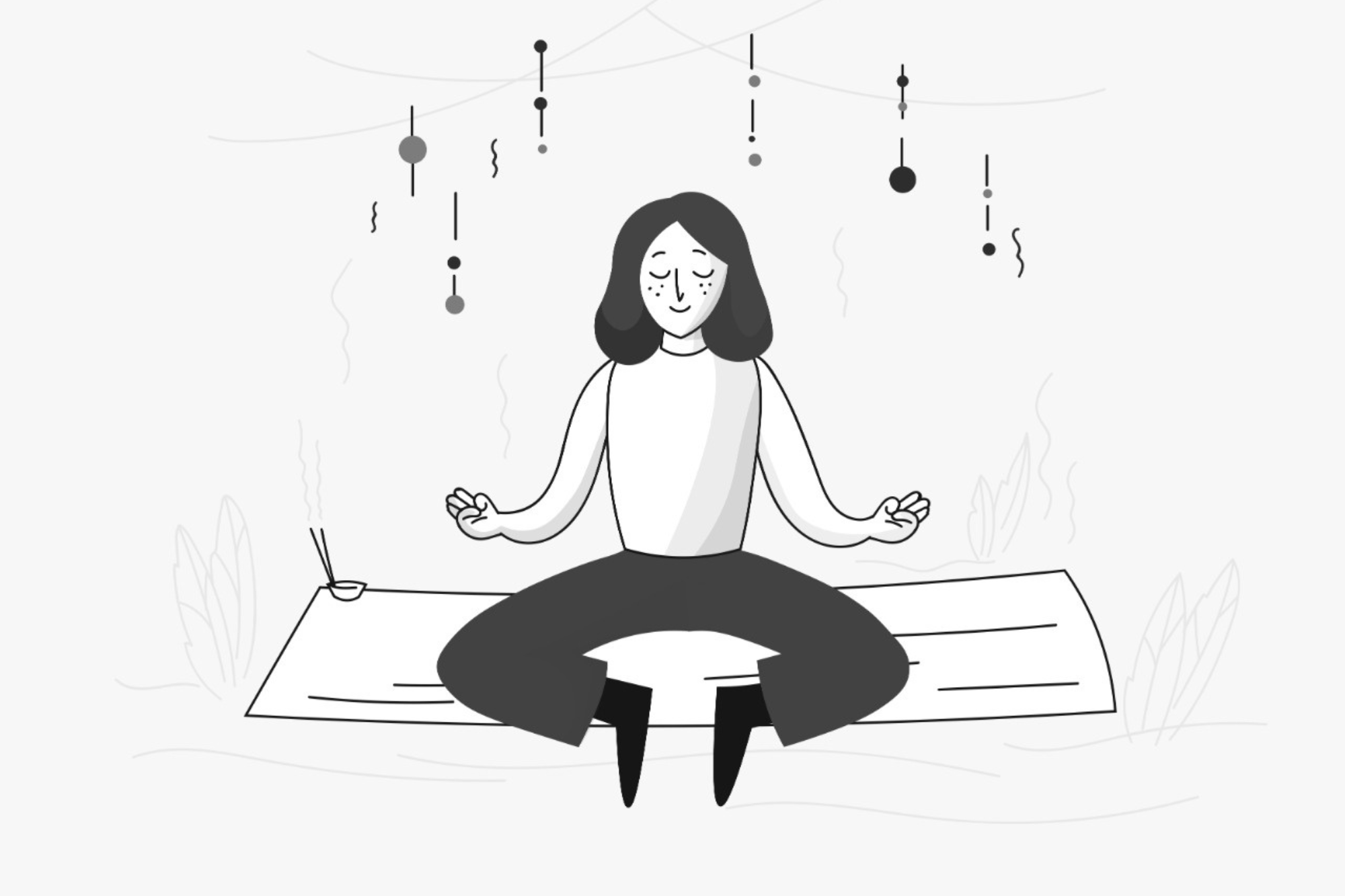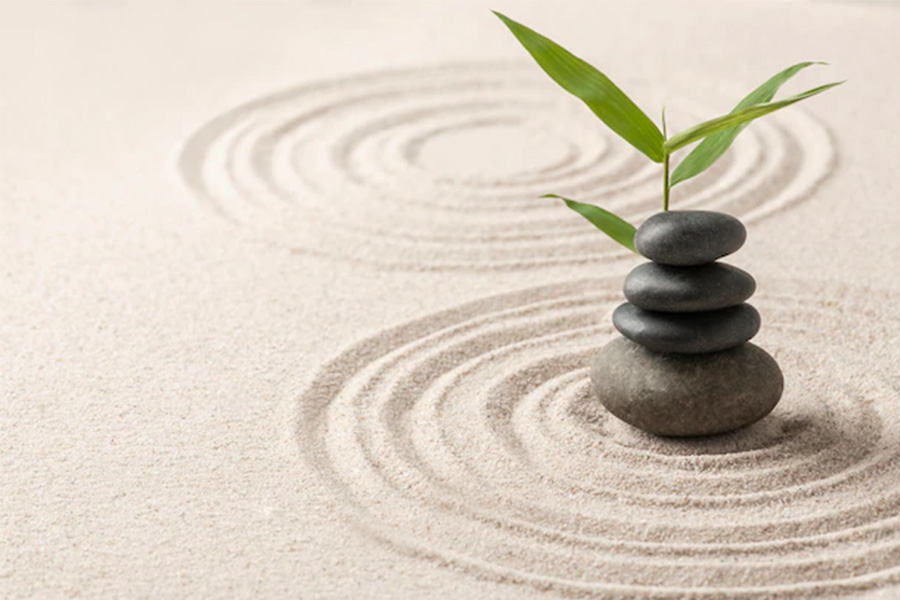In a hectic, distracting world, Mindfulness and Meditation can help you unwind and become more present in the moment. Science suggests that Mindfulness and Meditation may offer benefits beyond just alleviating stress in the short term.
Types of Mindfulness and Meditation
Practices of Loving-Kindness Meditation
There are many different kinds of meditation out there, so most people should be able to find one that suits them. Metta meditation, which focuses on compassion, is another name for loving-kindness practice. The point is to learn to love and be kind to everyone and everything, even your enemies and stressors.
Practitioners relax their bodies and minds in preparation for receiving loving-kindness while they deepen their breath. They then broadcast acts of kindness to everyone or just select individuals.
The essence of this meditation is to keep repeating the message until the practitioner develops an attitude of compassion.
The goal of practicing loving-kindness meditation is to increase one’s capacity for empathy and love, both for oneself and for the world around them.
Body Scan or Progressive Relaxation
Progressive relaxation is a type of meditation in which the practitioner is instructed to scan his or her body in search of sources of stress. The point is to become aware of any tension in your body and give it permission to leave.
When engaging in a session of progressive relaxation, one typically begins at the feet and works their way up.
Tensing and then relaxing muscles is a common component of some types of progressive relaxation. Others recommend picturing a wave washing over one’s body to relieve stress.
Feelings of peace and relaxation can permeate one’s entire being with the help of progressive relaxation. It has potential benefits for treating chronic pain as well. Some people use this style of meditation to aid sleep because it gradually calms the mind and body.
Practice Mindfulness Meditation
In order to reap the full benefits of meditation, it is important to practice mindfulness and keep one’s focus on the here and now.
Mindfulness teaches people to focus on the here and now rather than ruminating over the past or worrying about the future. The absence of judgement is essential to this. Therefore, a practitioner will merely note the wait without judging it, rather than ruminating on the frustration of having to wait.
Meditation on the practice of mindfulness can be done practically anywhere. In a line at the supermarket, for instance, one could take a moment to mindfully take in the sights, sounds, and smells of their immediate environment.
Most types of meditation entail some practice of mindfulness. Breath awareness training stresses the importance of paying attention to one’s breathing, while progressive relaxation focuses on releasing specific areas of tension.
Mindfulness of Breathing Exercises
When you practice breath awareness, you focus your attention on your breathing as you meditate.
In this practice, participants focus on their breathing by slowing it down, deepening it, or both. To achieve this state of meditation, one must remove all mental distractions and concentrate solely on one’s breathing.
The benefits of mindfulness meditation can also be attained through breath awareness. One can benefit from these by feeling less anxious, concentrating better, and exhibiting greater emotional flexibility.
Kundalini Yoga
Kundalini yoga fuses physical movement, deep breathing, and mantras to achieve a meditative state. It is common for people to receive instruction from an instructor or attend a course. However, the mantras and poses can be learned independently.
The physical benefits of kundalini yoga are similar to those of other types of yoga. Anxiety and depression, if alleviated, could also benefit one’s mental health.
Yoga has been shown to have a number of health benefits, including the reduction of pain, the increase of energy, and an overall improvement in mental health, as was seen in a study conducted on veterans suffering from chronic low-back pain in 2008.
The Sixth Practice of Zen
Zazen, or Zen meditation, is a form of Buddhist meditation. Because Zen meditation involves a structured routine and physical postures, many practitioners choose to learn the practice from a teacher.
The point is to settle into a relaxed posture, pay attention to one’s breathing, and watch one’s own thoughts without attaching any value judgments to them.
Again, this practice is similar to mindfulness meditation but calls for more self-control and regularity in your sessions. People looking for a new spiritual path and a way to unwind might find it more appealing.
Transcendental Meditation
A practitioner of Transcendental Meditation will sit quietly and focus on his or her breathing in order to achieve a meditative state. Ultimately, one hopes to move beyond or ascend one’s current situation.
Mantras are words or phrases that are repeated over and over again by meditators during their practice. The mantra is chosen by a teacher based on a number of factors, including the practitioner’s birth year and the teacher’s year of training.
One alternative gives people a say in what mantra they live by. Though visually similar to traditional Transcendental Meditation, this updated form is not the same thing. A meditator may decide to tell themselves over and over, “I am not afraid of public speaking,” to help overcome their anxiety.
Practitioners of Transcendental Meditation frequently speak of profound spiritual insights and an increased capacity for present-moment awareness.
Learn the Ultimate Meditation Technique
Learn more: Mindfulness and Mental Health Awareness
Know more on Ho’oponopono to heal
Shruti Dua, Blogger, BSc. (Psychology)




